A quick trip is not something you can expect from Camino de Santiago. With routes going up to several hundred kilometers, a pilgrimage typically lasts 4 to 6 weeks on foot.
If you don’t have the luxury to travel for extended periods, or if you’re unable (or don’t want) to walk long distances, you can still do the Camino.
There are shorter routes which you can finish in two weeks even if you go on foot and take rests in between – and these would be the best start place for two weeks on the Camino. If you only have one week see this post for the best start points for one week on the Camino.
Are Two Weeks Enough?
Two weeks is considerably short for the Camino. But if you choose a good starting point, there will be enough room for sightseeing and to get a real feel for the Camino. On average, two weeks seems perfect for most folks. Its main advantage is that it isn’t as physically demanding as walking 4 to 6 weeks. You can make quick detours to nearby attractions without going too far off the main route, and still have the time to rest your feet.
Where do I Start?
At the moment, there are no official routes for two weeks of travel. If you are pressed for time, it’s advisable to start late into a Camino instead of following the usual route. You can do the last 100 km of a chosen Camino and “slow travel” your way to Santiago de Compostela. But if you want to see more places, your two weeks are better spent on a 200 to 300 km stretch.
Where to start the Camino will depend on the route you choose. When walking the Portuguese Way, your journey begins in Porto. At Via de la Plata, you can start from Puebla de Sanabria or anywhere else in Zamora. You can also begin at Oviedo when on Camino Primitivo. The French Way, being one of the main routes on Camino de Santiago, has the most start points. There are even others who leave from St. Jean Pied du Port, walking as far as they can before taking a bus to Santiago.
Here are six popular places to start if you only have two weeks:
Porto, Camino de Portugues

Porto is the most popular starting point for pilgrims of the Portugues Way. Stretching for about 240 km, this takes two weeks to complete if you walk an average of 17 km each day, giving you plenty of time for rest. Its main route passes through the city center, but an alternative path along the coast provides better sightseeing opportunities. The coastal route is west of the cathedral of Porto and travels up to Caminha and Redondela before returning to the central route.
The only problem with starting from Porto is that accommodations don’t allow walking days to be divided evenly. However, this can be resolved by taking local transport (i.e. bus or taxi) to go back and forth to places where you’ll be staying.
Puebla de Sanabria, Via de la Plata
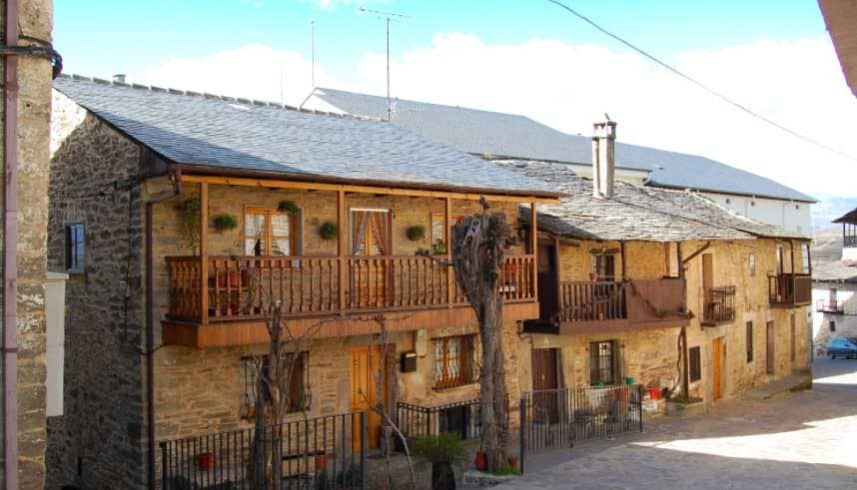
Many pilgrims walking Via de la Plata leave from Puebla de Sanabria, thus earning it the title “Camino Sanabrés”. However, you can leave anywhere from Zamora and still make it to Santiago in two weeks. Camino Sanabrés is a direct route that bypasses Camino Francés and heads straight for Santiago de Compostela. The route is quiet and scenic in some portions, affording visits to beautiful Galician villages and views of surrounding hills and lakes. It begins with a few distractions as you have to find your way uphill across train tracks. Once you get past them, the trail becomes easier to follow.
Oviedo, Camino Primitivo
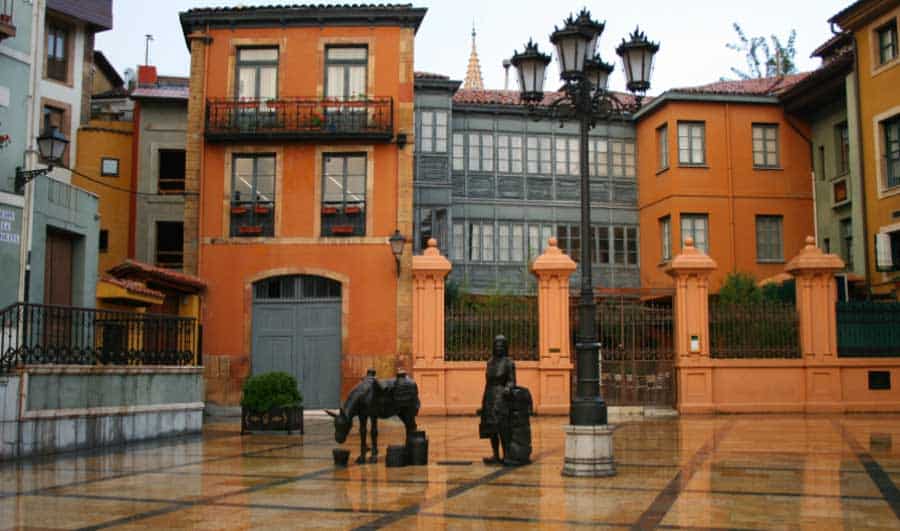
Oviedo is one of the best start places for two weeks on the Camino, albeit unpopular. Beginning from Camino Primitivo, it spans 227 km up until Lugo – at which point the route joins with Camino Frances for a total distance of over 300 km. You’ll have to walk more than 20 km a day if you want to finish in 2 weeks. It doesn’t leave much time for rest, but the scenery along the way is spectacular and you get to enjoy quiet walks.
The large crowds gathering at Camino Frances can be overwhelming and undermine your whole experience from Oviedo. You can avoid them by taking a bus back to Ferrol as soon as you get to Lugo, then continue walking via Camino Ingles.
Leon, Camino Frances
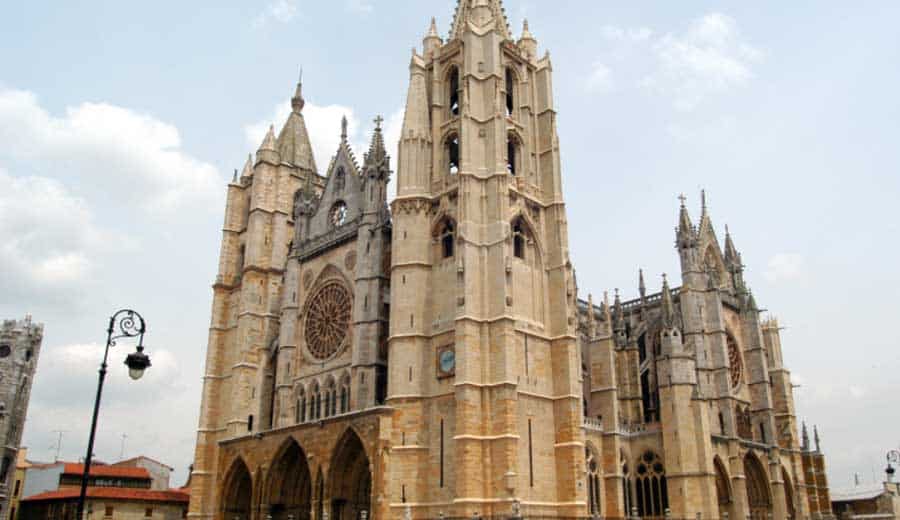
Starting from Leon is possible if you’re an excellent walker. The route is a bit lengthy at 309 km, but nothing you couldn’t finish within 14 days if you walk at least 22 km a day. Pilgrims do complain about how it begins. Apart from several kilometers of asphalt road, Leon doesn’t provide much cover on hot summer days. It will feel like walking through an industrial neighborhood, so it is best advised to travel from Leon in cool climates.
Astorga, Camino Frances
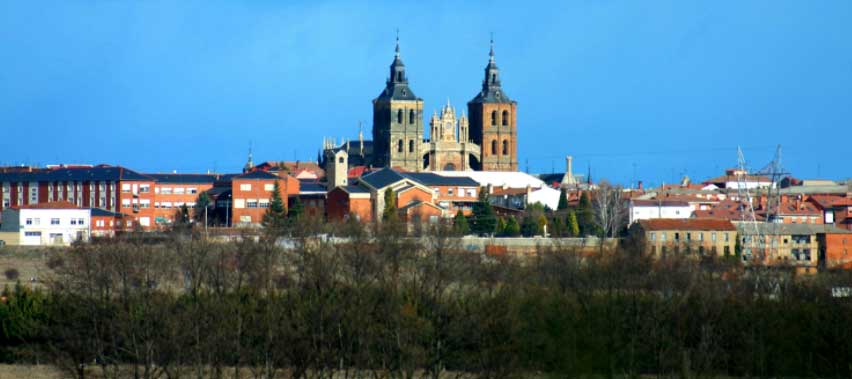
Further along, the French Way is another good start place for two weeks on the Camino. Astorga is the next stage following Leon and immediately sets you off into the mountains. Starting from Astorga does more than providing scenic views. It cuts the walking distance to around 260 km, giving you an extra two days. Most pilgrims who start here spend these two days sightseeing in Santiago, or continue walking to Finisterre to complete their two weeks.
O Cebreiro, Camino Frances
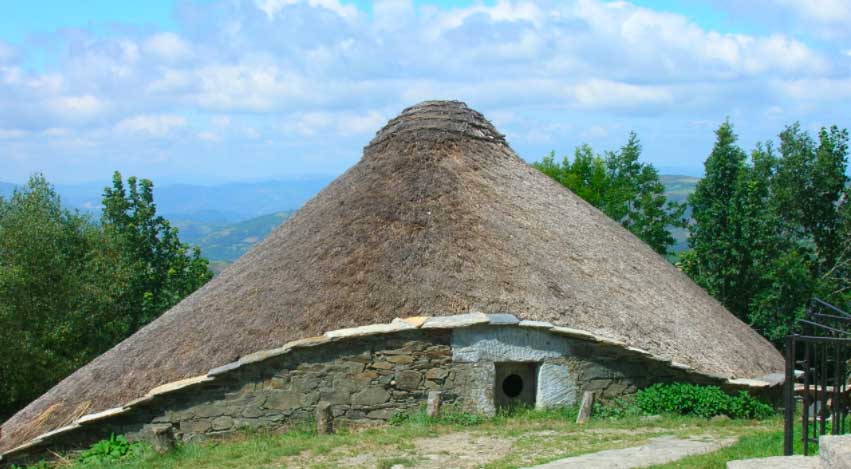
The 150-km walk from O Cebreiro near Villafranca del Bierzo is the shortest. It is the best option for slow travelers as well as pilgrims who would like to stay in Santiago at the end of their journey. Walking a minimum of 17 km each day will get you to Santiago in 9 days. This can be shortened to a week by walking at least 21 km every day. You can then use the rest of your time traveling around Santiago to explore its many attractions.
Choosing the best start place for two weeks on the Camino boils down to the kind of experience you are after, and how much you are able to walk in a day. Starting from Astorga, Porto, and O’Cebreiro are recommended for average walkers and people who prefer traveling at a slow pace. Leon and Pueblo de Sanabria are ideal for more able walkers due to their long distances, while Oviedo provides the best atmosphere for a pilgrimage.
Where now? Here is a list of the best guidebooks for the Camino de Santiago and if you are already planning have a look at my packing list.

I love hiking, backpacking, and camping. From the Camino de Santiago to the West Highland Way in Scotland or simply a great day hike on the weekend. Hiking refreshes me, my mind, and keeps my body reasonably fit. So far I have walked three Camino routes and many other long distance hikes in the UK, Canada, and around the rest of Europe. One of the best was my hike up Ben Nevis.

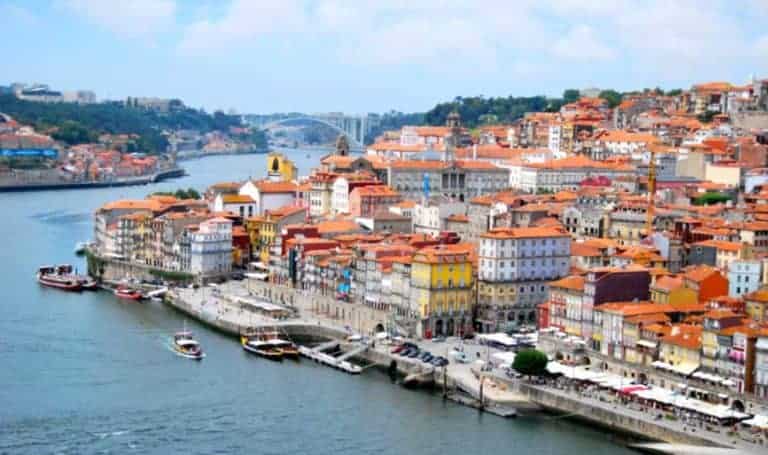
Last year while walking to finisterre by way of Muxia, i met pilgrims headed the other way towards Santiagoi. Apparently it is possible to get the Compostela for walking this route as it is more than 100 kilometers to Santiago from Finisterre if you walk thru Muxia. Not sure how long it takes as it is a lot more uphill walking going back to Santiago than it is walking from there to Finisterre.
Are there many pilgrims walking the Camino this year? I walked in 2015 and 2017. I would like to do again.
I would like to walk next June 2022 for two weeks .Porto to Santiago .Looking for folks to travel from Boston area during this time frame. Thank you in advance.
Hello Meg. Did you get suitable contacts to join you for 2 weeks on the Potuguese Camino. I have a “hankering ” to walk another pilgrimage in mid march- 2024. My pace is 15/20k a day. I live in the Wirral. Ian
Dreaming about doing this! Anyone out there that have done this with both knees being replaced? I walk 6 miles pretty regularly and have done lots of 12 miles and even 21 and close to 30. Just wanted to know how others do? I am determined to do this some day!! 🙂
Tina, judging from my mother-in-law’s (double knee replacement) and husband’s experiences on the Appalachian Trail and mine on the last 100 km of the Camino Frances this year, I’d suggest considering the following:
Are you currently walking with a pack? I’d practice with whatever you’re planning to carry and wear, either a day pack or a full.
Depending on where/how you want to sleep, you can get a daily luggage service to ship your main pack from hotel to hotel/hostel (won’t work in the hostels that don’t take reservations). My husband and I just went with day packs on the Camino Frances from Sarria to Santiago.
Do you currently use trekking poles? My mother in law does on the AT, but others don’t. And she just carries a day pack now – she used to carry an overnight, but it was harder.
As far as level ground, the Camino Frances from Sarria has some up and downhills, but my husband said they’re not as bad as the AT, and he didn’t need poles for the Camino. He definitely uses poles on the AT.
Hope this helps. Buen Camino!
You can do it. I walk as much and do not have any knee issues and I am heading out in Sept. and plan to take my time, because I want to take zero days for checking out the cities and photograph what I want. Do it, now rather than later … Buen Camino.
The first time I walked the Camino was after having both hips replaced. I was 62 at the time. Ended up keeping hikes around 15 km per day. This was on the Camino Frances carrying a backpack. At 64 I hiked the Camino Portugese. After hiking to Porto I decided to quit carrying my backpack and sent it on ahead. The hike was more enjoyable after that.
We only had 2 weeks spare as two of our family could only get 2 weeks leave. We started from Villafranca del Bierzo, which is exactly 200km. For us newbies it worked very well.
So we are going to try walking the North Wales pilgrimage route this spring, as it’s not so far to travel! Has anyone got experience of this route?